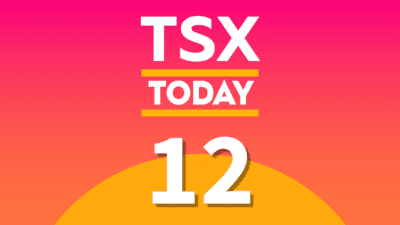Upon the release of their latest earnings report, Potash Corporation of Saskatchewan Inc. (TSX:POT)(NYSE:POT) did what many had been concerned about for months—for the first time in its history, the company slashed its dividend. This particular cut was by 34%, bringing the annual dividend down from US$1.52 per share to US$1 per share.
Even after the cut, however, Potash Corp. still yields a very respectable 6.3%. This leads to the next question: Will Potash Corp. be able to maintain this dividend if potash prices continue to stay low through the year?
In the last quarter Potash Corp. had realized prices for potash of $238 per tonne—down from $284 the year prior—and while many analysts see the downside in potash prices as being limited, they could potentially move down to the $210 area.
In addition to this, Potash Corp. sees volumes being flat at best in 2016 and declining at worst, which will further impact the dividend. Here’s what shareholders need to know about sustainability of the new dividend.
The dividend likely can’t be maintained in a bearish-volume scenario
Potash Corp. provided guidance for 2016 in their recent earnings release. For 2015, the company sold 8.72 million tonnes of potash, and in 2016 the company is expected to sell between 8.2 million tonnes and 9.1 million tonnes.
In the event Potash Corp. only sells 8.3 million tonnes of potash, the company would earn a gross margin of $800 million according to their guidance. Looking at the same guidance, the company would earn a gross margin of about $700 million from their phosphate and nitrogen segments in the same scenario.
This means Potash Corp. would earn a gross profit of $1.5 billion in their bearish scenario for volume. If we assume their gross profit and cash flow are similar (they would not be identical, but for various accounting reasons they are usually fairly close for Potash Corp.), then Potash Corp. would also have cash flow of about $1.5 billion.
Subtracting their capital expenditures of $850 million for the year leaves $650 million of free cash flow, which would not be enough to cover their dividend of $840 million. Potash Corp. has said repeatedly that protecting their balance sheet is a larger priority than protecting the dividend and, as a result, they are unlikely to borrow to pay their dividend.
Analysts at TD Bank agree with this assessment; if Potash Corp. were to only sell 8.3 million tonnes of potash in 2016, they think prices of over $300 per tonne would be necessary to keep the dividend.
The more likely scenario
Analysts at both RBC and TD Bank see Potash Corp. selling potash volumes that are near (or above) the high end of Potash Corp.’s guidance for 2016. This would be about 9.1 million tonnes, and Potash Corp. has stated that they are intentionally being very conservative with their assumptions for next year.
This volume figure is reasonable. Global potash demand in 2015 was nearly 60 million tonnes (the second highest on record despite weak currencies for importers, low farmer incomes, and weak crop prices). In 2016 this is expected to grow to around 61-62 million tonnes. In a potash market that is expected to grow, it is difficult to see how Potash Corp. could see its volumes shrink so significantly.
Much of the weakness Potash Corp. saw in volumes this year was due to weakness out of North America, but North America is expected to see growing volumes in 2016 as inventories are very low and farmer economics are expected to improve.
Assuming potash prices stay around current levels for 2016 ($230 per tonne, which many analysts see as reasonable) and Potash Corp sells 9.1 million tonnes (at a similar cost to 2015), they would see free cash flow in the $900 million range. This would be enough to cover the dividend.
While Potash Corp.’s dividend may be sustainable into 2016 if things go well (or stay the same), investors looking for an extremely safe dividend are likely better off looking elsewhere.







